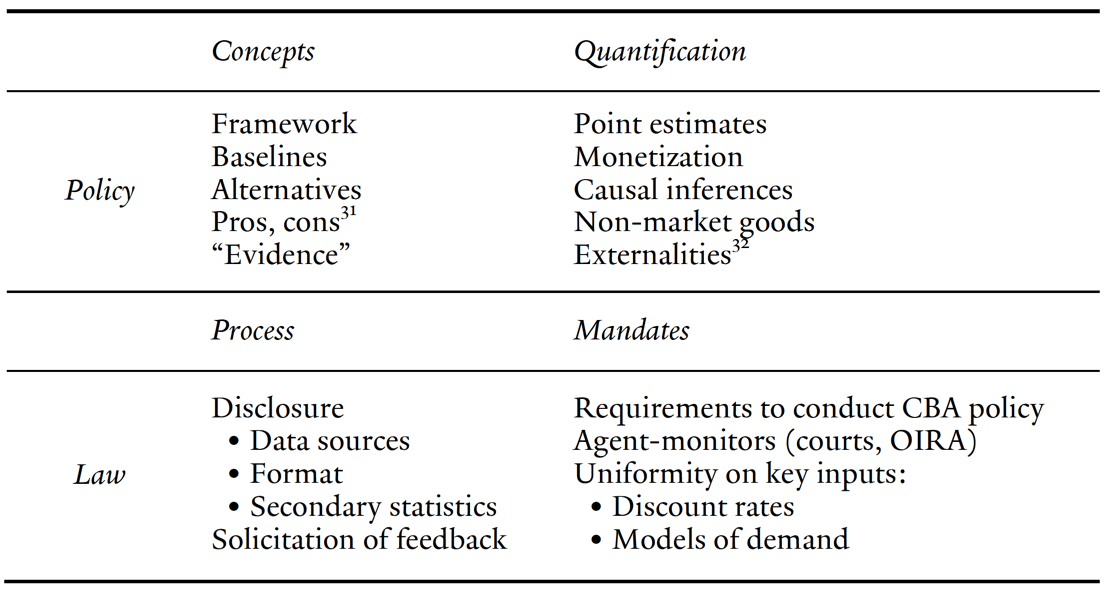Basel III the impact on banks Simon Brayton s Blog
Post on: 16 Март, 2015 No Comment

Meta
Basel III the impact on banks
Posted by simonbrayton on November 24, 2010
Basel III and European banking: Its impact, how banks might respond, and the challenges of implementation . (McKinsey)
Reports on the expected effects of the implementation of the new capital rules known as Basel III. In summary it reports as follows:
Based on Q2 2010 balance sheets, by 2019 the banking industry will need about €1.1 trillion of additional Tier 1 capital, €1.3 trillion of short-term liquidity, and about €2.3 trillion of longterm funding, absent any mitigating actions.
The capital need is equivalent to almost 60% of all European and US Tier 1 capital outstanding, and the liquidity gap equivalent to roughly 50% of all outstanding short-term liquidity.
Basel III will reduce return on equity (ROE) for the average bank by about 4% in Europe and about 3% in the United States.
Retail, corporate and investment banking segments will be affected in different ways:
- Retail banks will be affected least, though institutions with very low capital ratios may find themselves under significant pressure.
- Corporate banks will be affected primarily in specialized lending and trade finance.
- Investment banks will find several core businesses profoundly affected, particularly trading and securitization businesses.

Most banks with substantial capital markets and trading business will likely face significant business-model challenges in the next few years.
In addition to the measures banks are already taking to manage rates of return on equity (ROE), they should consider the following additional measures (both general and specific to Basel III):
- A set of no regret interventions to reduce capital and liquidity inefficiency from suboptimal implementation of the new rules
- Balance-sheet restructuring to improve the quality of capital and reduce capital needs arising from Basel III’s deductions, as well as more effective management of scarce balance-sheet resources
- Business-model adjustments to create capital (and liquidity) efficient business models and products and rethink the scope and even the viability of specific business lines
The first two sets of actions could mitigate up to 40% percent of Basel III’s ROE impact, with significant variations for individual banks, depending on their starting position and competitive market dynamics. Overall, it is unlikely that banks will be able to offset Basel III’s impact on profitability.
Despite the long transition period that Basel III provides, compliance with new processes and reporting must be largely complete before the end of 2012. For an average midsize bank, the technical implementation alone is estimated to be about 30 to 50% to the significant outlay already incurred for Basel II.
Implementing the new rules will require three distinct initiatives: strategic planning for the Basel III world, capital and risk strategy, and implementation management.














